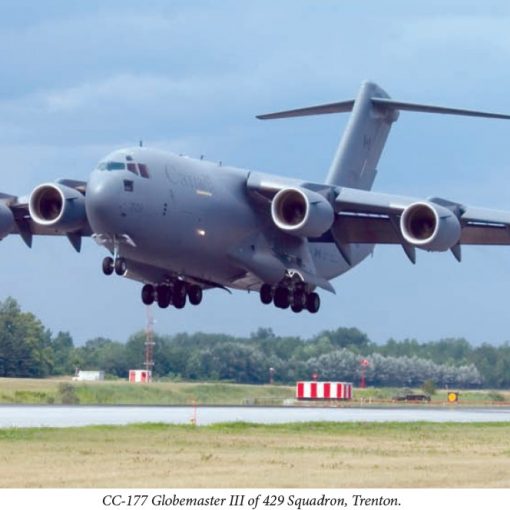During my 50+ years in ship design and construction in both Canada and the United States, it was the policy of a new ship design team, when given the operational requirements for a new ship, to review the archives for an existing ship which most closely met the desired operating capabilities. This "parent" design was then carefully reviewed to determine the most cost-effective modifications that could be made to support a design which fully met the new requirements, while minimizing the cost of design and construction changes.
A "parent" design for the Arctic Patrol Vessels that should be carefully considered is the Canadian Coast Guard Type 1100 Icebreaking Buoy Tender. The preliminary design for this class was completed by Saint John Marine Consultants Ltd. in September 1982. In September 1983, contracts were awarded to four Canadian shipyards for the construction of six ships with CCGS Martha L. Black being the first delivered. These ships are 83 meters in length, with 16.2 meters breadth and a depth of 7.75 meters. They feature a twin screw AC/AC integrated electric propulsion system (Canadian General Electric - Peterborough), with an installed power rating of 8,484 kW (7,000 SHP) produced by three diesel generator sets and two 3,500 HP synchronous propulsion motors. They are designed to break two feet of ice continuously at full power, or cruise at 17 knots. They can cruise at 13 knots with two generators on line or 12 knots with one. They have a telescoping helicopter hanger and support a complement of 52.
To meet the speed and volume requirements for a Naval Arctic and Offshore Patrol Vessel, it is visualized that the mid-body would be lengthened by 15 meters forward of the superstructure and all buoy handling equipment removed. With modern technology, the installed horsepower could be increased to 10,000 SHP without increasing the volume of the machinery spaces. This could easily be verified by utilizing the original hull test model, modified to the new characteristics, and repeating the original speed/power tests.
Since the Government of Canada already owns the detail design, and Canadian shipyards have experience building to this design, significant cost savings could be realized.
The increased hull volume forward could accommodate a Vertical Launch Missile System module, the smaller of the two carried on a DDG 51, which would provide the ship with an amazing mix of anti-air, anti-ship, anti-sub and anti-missile capability. The fire control system could be data linked to Aegis-type Radar systems installed at high elevations ashore, Pacific, Arctic and Atlantic, which could control several ships of the class.


